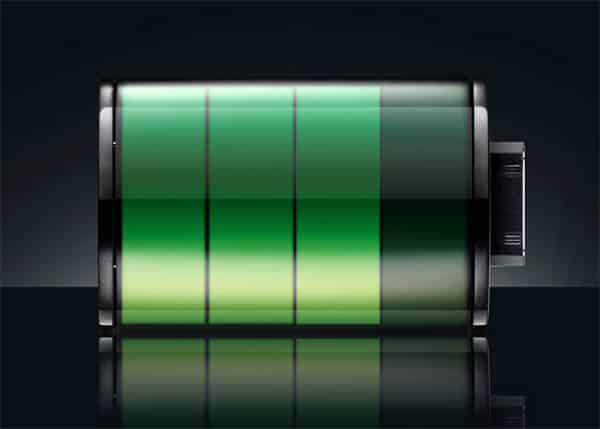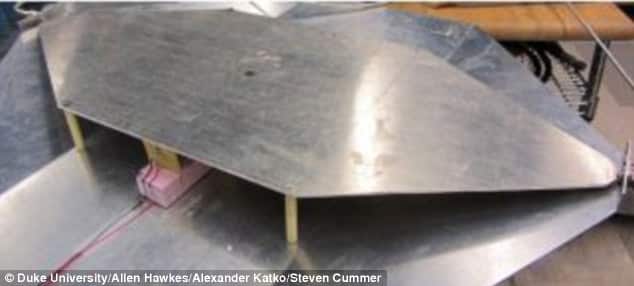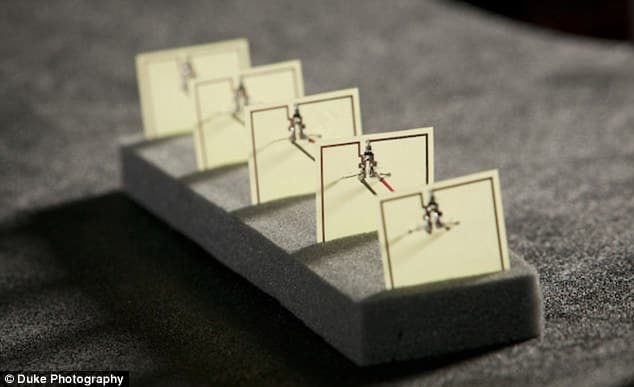Forget wireless or portable phone chargers, a pair of engineering students from Duke University have created a device that could charge a phone’s battery using Wi-Fi.
Metamaterials are engineering structures and capable of harvesting various forms of wave energy. The Metamaterial arrays work in the same way to control how waves move around the structure, making it possible to capture and harvest them, and their energy. By arranging certain materials in a particular shape and pattern, the properties of those materials can combine to become approximately a ‘super’ material.
Using the aforementioned method, with the help of professor of electrical and computer engineering, Steven Cummer, two engineering students named Allen Hawkes and Alexander Katko from Duke University‘s Pratt School of Engineering have created a device that captures wave signals. They used five fiber-glass and copper energy conductors wired together on a circuit board to create a metamaterial array. The energy from these waves are then converted to an electric current. Be noted, the amount of voltage the device creates is higher than in USB chargers.
Hawkes and Katko has designed this device to harvest the energy from microwaves. They claim that their five-cell metamaterial can convert the waves into 7.3 volts with an efficiency of 36.8 per cent. By comparison, USB chargers for phones and other small devices provide around 5 volts.
Now, the students are saying that a similar device like this could one day be fitted to phones and other small electronic devices and be used to charge phones using Wi-Fi signals.
Katko said, “It’s possible to use this design for a lot of different frequencies and types of energy, including vibration and sound energy harvesting.” He also said that a metamaterial coating could also be applied to the ceiling of a room and used to redirect lost or dropped Wi-Fi signals.
Source: Daily Mail
[ttjad keyword=”social-media-samrtphones”]






